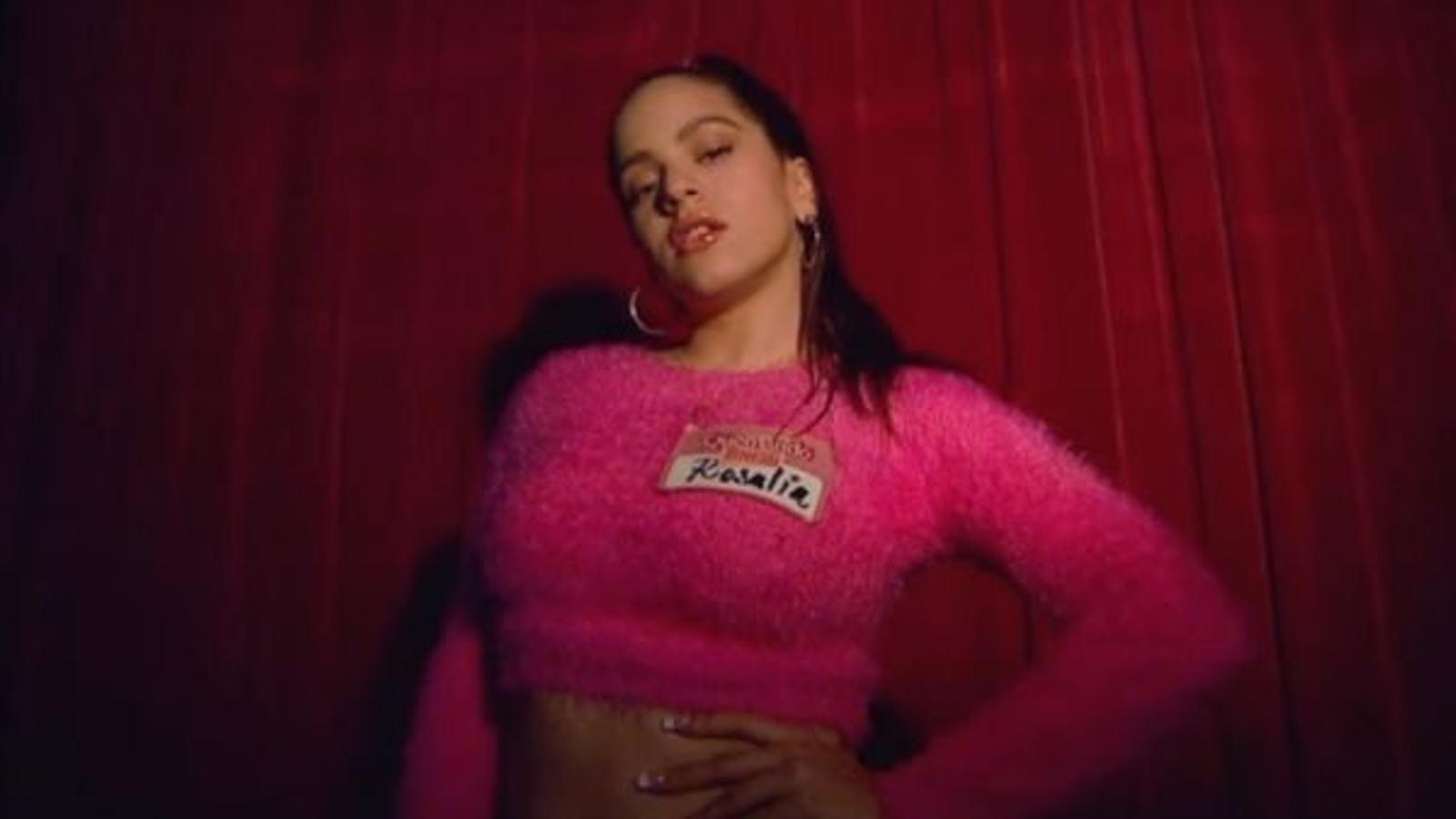'F*cking Catalan, man'
From Rosalía to La Pegatina or Bad Gyal, urban music can bring language closer to young audiences


BarcelonaThe annual summaries confirmed the expected trend: today urban music is still the star genre of the industry. For three years now, its artists have dominated the most listened lists on Spotify, and all thanks to having become the music chosen by young people, who have adopted it almost as a lifestyle. It is because of its great influence among millenials and the Z generation that it is important for an urban artist to make Catalan the main language of his or her work. P.A.W.N. Gang, Lildami, Mr. Chen, Cooba and the Queency are rap, trap and reggaeton projects in Catalan that are penetrating the urban scene with strength. This is amplified even more intensely when a big artist adopts the language.
A year and a half after its premiere, Milionària, the song by Rosalía, has been played 91 million times between Spotify and YouTube, eight times more than Manel's most listened song (Al mar). This is a clear demonstration that the use of Catalan is not necessarily related to listeners' numbers and discreet views. Artists with careers that accumulate millions of followers and who have sung in Catalan on an occasional basis are not only those from Sant Esteve Sesrovires: Bad Gyal is one of the most popular urban artists in Spain, and she began her career in Catalan. The importance of the fact that Alba Farelo (her real name) has used this language lies in the contagion effect: if there are boys and girls who start doing dancehall or reggaeton, and they decide to do it in Catalan, surely they have heard her Indapanden y Pai beforehand.
Outside the urban environment there are cases of Catalan artists who have ended up deciding on Spanish or English, but without forgetting their own language. They are bands that have crossed borders, such as La Pegatina, which today has 90% of its work in Spanish, but which have sung No som d'aquí o Gat rumberu in front of thousands of people in Japan, Argentina or Turkey. Another example is Stay Homas: the three members of the group were part of projects in Catalan, such as Doctor Prats or Buhos, but when it came to launching the new group that emerged from lockdown they wanted to be polyglot. In Agua, their debut album, they sing in English, Portuguese, Catalan and Spanish, confirming their vocation to reach a global audience. Another example of different language combinations can be found in the rappers Lágrimas de Sangre, who despite being a band who works in Spanish, they naturally add verses in Catalan, the usual language of some of its members. The Valencian group Zoo do the opposite: almost all their work is in Catalan but they introduce Spanish in some of their songs' sentences. Another case: in Suu's new album, most of the songs are in Spanish, but two of her three most listened songs are in Catalan.
They are examples, as Peret, Serrat or El Último de la Fila were years ago, of the fact that using Catalan is not only possible but that it can also enrich the artist's work. The data on all these artists -Rosalía, Bad Gyal, La Pegatina, Stay Homas- do not lie: singing in Catalan in an increasingly globalised context does not diminish their work - very much the contrary.
